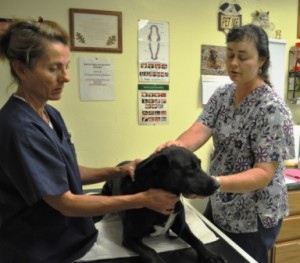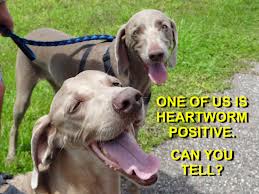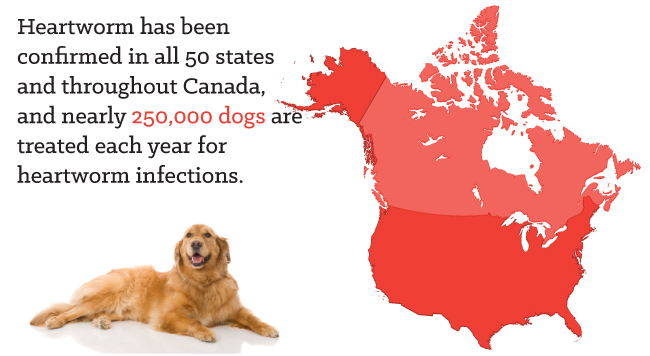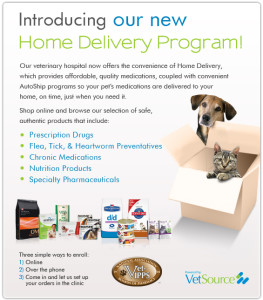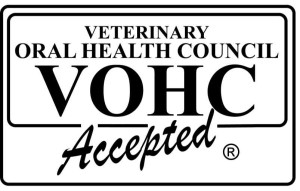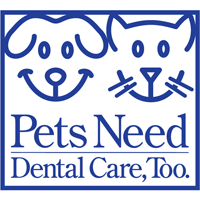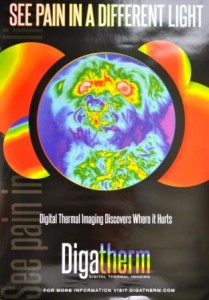 I think my dog had a seizure. What do I do?
I think my dog had a seizure. What do I do?
Dogs can develop seizures at any time during their lives. Aberrant brain activity can range from imperceptible to a full blown Grand Mal seizure. Often owners will be awakened in the wee hours of the morning as the animal thrashes about next to the bed.
Seizures can have many etiologies (causes) so most veterinarians will want to run some blood and urine tests to help them determine the cause. Many seizures have a genetic component or are idiopathic, meaning we can’t find a cause. Taking a video of the pet having the seizure and timing the event can help the veterinarian as well.
Fortunately, most seizures can be controlled with medications.






 How often should I worm my dogs and cats?
How often should I worm my dogs and cats?